Why Choose AI Software for Digital Art Creation
Why Choose AI Software for Digital Art Creation
Are you an artist eyeing the perfect instrument to tap into your inventive side? Consider artificial intelligence software designed for digital art. This tool gives you the freedom to create without restrictions, pushing your creativity to new levels. It's like having a fast-track ticket to a more efficient art production process, blending in smoothly with your current equipment.
Not only does it introduce you to state-of-the-art artistic methods that challenge your creative limits, it also encourages cooperation and gets you involved with a lively group of like-minded artists. Opt for AI software and take your digital artistry to the next level.
As the famous artist Vincent Van Gogh once said, 'I dream my painting and I paint my dream.' AI software can be the brush that brings your dream to life.
Key Takeaways
Why should you consider using AI software for your digital art creations?
The advantages of these tools are substantial. They offer artists advanced functionality that broadens their creative possibilities, allowing for experimentation and cultivation of unique and innovative art pieces.
Moreover, these tools can speed up the artistic process. In other words, artists can produce their work much quicker than before. Additionally, this software can seamlessly integrate with existing tools, adding value to the creative process without creating any disruptions.
Another notable aspect is the sense of community these tools foster. They promote collaboration among artists, leading to a vibrant and supportive environment.
As the renowned artist Bob Ross once stated, 'We don't make mistakes, just happy little accidents.' With AI software for digital art, these 'happy little accidents' can transform into genuine works of art.
Enhanced Creative Freedom
Broadening Artistic Horizons
Artificial Intelligence (AI) software is offering a new level of creative freedom in the field of digital art. The advent of AI-incorporated tools has brought a significant change in how artists design and refine their artwork. These programs are built to simplify the artistic process while offering a wide range of features that artists can use.
These features range from intelligent image recognition to automated color correction. AI software opens up a world of possibilities for artists, enabling them to broaden their artistic horizons and push their creative limits. Built on machine learning and deep neural networks, these tools can process vast amounts of data and provide smart suggestions that can improve your artwork.
AI software has opened the door to artistic possibilities that were previously unimaginable, turning digital art into an immersive experience for viewers. As the famous artist, Leonardo da Vinci once said, 'Art is the queen of all sciences communicating knowledge to all the generations of the world.' This quote seems more relevant now with the integration of AI in the world of art.
Unleashing Unprecedented Artistic Possibilities
Tapping into New Dimensions of Artistry with AI
Take advantage of the advanced capabilities of AI software to redefine the way you create digital art. With AI, the scope of your creativity extends beyond conventional boundaries, opening up a new world of artistic expression. Let's discuss how AI can redefine your creative process:
A fountain of fresh ideas: AI algorithms have the capacity to sift through massive amounts of data, including images, music, and literature. This can serve as a wellspring of innovative concepts and inspiration.
Experimentation made easy: Tools powered by AI make it simple for you to play around with various styles, techniques, and forms of art. They offer a platform to quickly try out different artistic paths, going beyond the constraints of traditional methods.
Fostering artistic collaboration: AI offers smooth ways for artists to share their work and merge their creations. This allows for the blending of different styles and viewpoints, resulting in the production of unique and forward-thinking artwork.
Take advantage of AI software and step into a world brimming with artistic possibilities that were once out of reach. Let AI be the helping hand in your creative process, pushing your artistry beyond its current limits.
As the famous painter Pablo Picasso once said, 'Every child is an artist. The problem is how to remain an artist once we grow up.' With AI, we may just have found the solution.
Accelerated Artistic Workflow
Working Smarter with AI Tools in Art
In the current age of technology, AI software is becoming an essential tool in the art industry. It simplifies routine tasks and provides easy-to-use tools, making your artistic process more efficient. Think about mundane tasks like image resizing, color adjustments, and removing the background. AI can handle these tedious works, freeing up your time to concentrate on the more fun parts of creating art, such as developing a narrative or perfecting your composition.
The assistance from AI doesn't stop there; it also provides a range of handy tools that can help you play around with various styles, textures, and effects in your work. Imagine using AI-assisted brushes that can mimic the feel of traditional art mediums like oil paint, watercolors, or charcoal. It's like having your personal art studio!
Beyond that, AI can play the role of an art critic, analyzing your work and offering suggestions for improvement in real-time. This feedback can help you fine-tune your artistic vision. As the famous artist Pablo Picasso once said, 'Action is the foundational key to all success.' With AI tools in your corner, you can take action more effectively, optimizing your artistic workflow, and reaching new heights in productivity and creativity.
Always remember, 'Art is never finished, only abandoned.' So, why not use AI to help you push your artistic boundaries even further before you call it done?
Seamless Integration With Existing Tools
Smooth Coordination with Pre-existing Tools
Artificial Intelligence (AI) software presents numerous advantages for digital artists, especially in terms of integrating smoothly with their already in-use design tools. For a start, it bolsters efficiency in their workflow by meshing well with widely-used design software and tools. This compatibility allows artists to move fluidly between different platforms during their work.
In addition, AI software simplifies the creative process. It does this by taking over mundane, repetitive tasks that can be time consuming. This automation frees up artists, giving them more room to pour their efforts into the more intricate and imaginative parts of their work.
Last but not least, AI software boosts compatibility with other tools. This ensures that artists can easily weave elements created by AI into their existing workflows without having to worry about any compatibility hiccups.
This is a great example of how AI can be a beneficial addition to a digital artist's toolbox, making their work more efficient and their creativity more expansive. As one digital artist wisely said, "AI isn't replacing us, it's giving us more room to create."
Enhanced Workflow Efficiency
Better Workflows with AI Software
Improve your productivity significantly with the smooth integration of AI software with your current digital art tools. The optimization of your workflow efficiency that AI software provides helps you refine your creative process and yield more impressive results in a shorter span.
Here are some key advantages:
Efficient Teamwork: AI software promotes a fluid teamwork environment between artists, designers, and other key players by offering a unified platform for sharing and tweaking artwork. This removes the hassle of manually transferring files and ensures everyone is up-to-date with the project's progression.
Task Automation: AI algorithms have the ability to automate monotonous tasks such as altering the size of images, correcting colors, and removing backgrounds. This allows artists to dedicate more of their time to the creative elements of their work.
Smart Recommendations: AI software can examine your artwork and provide thoughtful suggestions for enhancements. It can suggest improvements to the composition, color palette, and even produce alternative designs based on your preferences.
By utilizing the smooth integration of AI software with your existing tools, you can optimize your workflow efficiency and tap into new heights of creativity for your digital art projects.
As the famous artist Vincent Van Gogh once said, "Art is to console those who are broken by life." With AI software, you can create art that does just this, in a more efficient and effective way.
Streamlined Creative Process
Streamlined Creative Process
Maximizing efficiency and productivity in the creative process is achievable by integrating AI software into your existing toolbox. AI software provides a smooth and efficient workflow by fitting right into your existing system, allowing you to focus more on the creative side of things. From automating mundane tasks to giving you more time for creativity, AI is a game-changer.
In the world of digital art, AI offers features such as automatic color adjustment, smart image sizing, and intelligent object recognition. These features save time and guarantee consistent, high-quality output.
What sets AI software apart is its ability to understand your artistic style and preferences. It provides useful advice and suggestions, helping you grow and improve your creative work.
The integration of AI with your existing tools opens up a new world of creativity and efficiency in digital art creation. As artist Chuck Close once said, 'Inspiration is for amateurs - the rest of us just show up and get to work.' By letting AI handle the mundane tasks, you can focus on what really matters - creating amazing art.
Improved Tool Compatibility
Better Compatibility with Tools
Adding AI software to your toolset provides better compatibility with your existing tools, enabling you to create digital art more efficiently. The AI-powered software ensures that commonly used tools like Photoshop, Illustrator, or Procreate function optimally together, resulting in a more effective use of each tool's features.
- AI software can be paired with your current brushes, which helps in producing distinctive and lifelike brush strokes.
- It can smoothly incorporate AI algorithms into your workflow, boosting your image manipulation and editing skills.
- AI software can be paired with your pre-existing layering systems, making it simpler to arrange and handle intricate compositions.
Incorporating AI software into your existing toolkit allows you to benefit from its compatibility with your tools of choice, making your creative process more efficient and opening up new artistic avenues.
With this better tool compatibility, you're set to move forward into the next topic, which delves into the latest artistic techniques.
'Better tool compatibility doesn't just streamline your creative process; it opens new doors for your creativity.'
Access to Cutting-Edge Artistic Techniques
Creating digital art with AI software can broaden your artistic skills, offering a chance to try out new and advanced techniques. This technology allows you to push beyond the confines of conventional art, offering a fresh dimension to your creative expressions. The AI algorithms provide a platform to realize your artistic dreams in a previously unprecedented manner.
The power of AI in the arts isn't just about novelty, it's a tool for artists to extend their work into new territories. The algorithms can be seen as a new kind of paintbrush, a tool that, when used with skill and thought, can create new styles of art.
Remember, creating art is more than just making something look nice – it's about expressing an idea or emotion, and AI can help you do that in surprising and unique ways.
As the noted artist Pablo Picasso once said, 'Art is a lie that makes us realize the truth.' AI in the arts can be a new way to find and express that truth.
Expanding Artistic Horizons
Expanding Artistic Horizons
Artificial intelligence (AI) software can be a game-changer for digital artists looking to broaden their creative scope. The introduction of AI into the art sector has opened up a myriad of opportunities for artists to experiment with various styles, mediums, and aesthetics that were traditionally constrained.
Here are three ways AI software can help you push the envelope in your artistic endeavors:
Style transfer: AI algorithms have the capacity to study and mimic the style of renowned artists. This means you can infuse their distinct techniques into your artwork.
Generative adversarial networks (GANs): GANs give you the ability to create completely fresh and unique artwork by fusing different elements and inspirations.
Procedural generation: Automated complex patterns, textures, and compositions can be produced by AI algorithms, giving you limitless possibilities for creativity.
Making use of AI software provides access to a host of artistic techniques, extending your creative reach in ways unimaginable in the past. Let's see how AI is further improving creativity.
As the artist, James Whistler, once said, 'Art happens-no hovel is safe from it, no prince can depend on it, the vastest intelligence can't bring it about.' And now, AI is proving to be a powerful tool in the hands of artists, offering new ways to express creativity.
Enhanced Creativity Through AI
AI software presents a fresh perspective in the world of art, offering a platform for artists to express their creativity in innovative ways. This software is capable of learning from vast collections of previous artworks, studying the subtle nuances of patterns, hues, and compositions. It can then produce original and inventive pieces that challenge conventional artistic techniques.
By using AI software, artists can push beyond their own abilities and experience, accessing an extensive range of artistic potential. If you wish to mimic the finesse of a famous artist's brushstrokes or create a novel approach all your own, AI software gives you the freedom to experiment and broaden your creative boundaries.
As a result, this boost in creativity through AI encourages collaboration and fosters a sense of community among artists. It presents opportunities for artists to share ideas, learn from each other, and collectively redefine the limits of art.
As an artist once said, 'Creativity isn't bound by constraints, it thrives in the face of challenges.' This rings true in the context of AI in art, where the potential for creativity is only limited by the scope of one's imagination.
Empowering Collaboration and Community
Bringing Together Artists and Creatives
Artificial Intelligence (AI) software paves the way for artists to work together and form a sense of community within the realm of digital art. The software provides a platform where artists can exchange ideas, share their techniques, and offer resources. Through a virtual community, artists can link up with their peers, get feedback on their work, and gain knowledge from their experiences. What makes this environment interesting is how it fuels creativity and expands the boundaries of digital art possibilities.
Moreover, AI has the capability to analyze and make sense of data, not just from one, but from multiple artists. It draws out insights and identifies trends that could prove useful for your own art creation process. The shared wisdom and abilities of a community can help broaden your artistic skillset and allow for the creation of innovative and distinctive digital art pieces.
- Exchange of ideas, techniques, and resources
- Link up with other artists and get feedback
- Draw from the shared wisdom and abilities of a community
'Artificial Intelligence offers a virtual canvas where artists can collaborate, learn, and grow together. This isn't just about creating art; it's about fostering a community.'
Frequently Asked Questions
Can AI Software for Digital Art Creation Replace Traditional Artists and Their Skills?
Software tools equipped with AI capabilities can't wholly substitute the expertise and artistry of traditional artists. These tools may assist in creating digital art, but they lack the personal touch, creativity, and emotional depth that a proficient artist brings to the table. These human elements are what make art come alive and resonate with its audience.
While we're witnessing an increased utilization of AI in the field of digital art, we should remember that these tools are just that – tools. They are there to aid the artist, not to replace them. More than just producing a visual, an artist pours their emotion, their experiences, and their unique perspective into their work - aspects that AI, as it stands now, can't replicate.
"Art is the journey of a free soul" - Alev Oguz. This quote perfectly encapsulates why AI can't fully replace traditional artists. Artists possess a soul, a consciousness that enables them to express emotions and experiences, giving their art a unique flavor and depth. This quality is something AI tools can't replicate, regardless of how advanced they become.
As we move forward, it's clear that AI tools will continue to play a significant role in the digital art world, not as a replacement for artists, but as a tool that can aid them in their creative process.
Is It Necessary to Have Prior Knowledge or Experience in Digital Art to Use AI Software for Digital Art Creation?
There's a common misconception that you need to be a seasoned digital artist to use software for creating digital artwork. This is not true. AI software has been designed to be user-friendly and intuitive, accommodating the needs of beginners and professionals alike.
These software applications simplify the procedure, offering a range of tools that can aid you in producing magnificent pieces of art. They make it easy for anyone to get started in the world of digital art without extensive prior experience or knowledge.
Despite this, mastering the software will take time and practice. But there's something exciting about this learning process. As the famous artist Vincent Van Gogh once said, "I am always doing what I cannot do yet, in order to learn how to do it."
What Are the Potential Ethical Concerns Associated With Using AI Software for Digital Art Creation?
The advent of AI software in the sphere of digital art creation presents a new set of ethical questions. Concerns regarding the protection of intellectual property, the genuineness of the created art, and the effect on traditional art forms are among the issues raised. It's not just about using AI in art responsibly - we must also consider its ethical implications.
As we delve deeper into the world of AI and art, we see a clear intersection between technology and creativity. This fusion, however, brings with it some ethical dilemmas. Let's take a look at a few of them:
Intellectual Property: AI software can produce artwork at a rapid pace, but who owns the rights to these creations? Is it the programmer who created the AI, or the AI itself? The issue of copyright for AI-produced art is a major concern that needs to be resolved.
Authenticity: In the art world, originality and authenticity hold great value. If a piece of art is produced by an AI, does it hold the same value as a human-made piece? This question challenges our understanding of creativity and authenticity in art.
Impact on Traditional Art Forms: With AI stepping into the realm of art, there's concern about what this means for traditional art forms. Will AI replace human artists, or can it exist alongside, offering a new perspective and medium for expression?
As we move forward, we must ensure that we address these ethical concerns adequately. As the famous artist, Picasso once said, "Art is a lie that makes us realize truth." Perhaps, in this age of AI and digital art, we need to redefine our understanding of 'truth' in art.
Can AI Software for Digital Art Creation Generate Original and Unique Artwork?
Definitely, software powered by artificial intelligence can give birth to original and distinct pieces of digital art. These tools use machine learning and complex algorithms to break down and understand artistic styles, patterns, and techniques, thereby producing creations that are fresh and inventive.
In the current age, we're witnessing an intersection of technology and art like never before. The importance of this lies in the potential for new forms of expression and creativity. AI doesn't just replicate or imitate human-made art; it offers a new perspective, a different lens to view creativity through.
For instance, Google's DeepDream, an AI program, has been used to create surreal and intricate artwork by recognizing and enhancing patterns in images. This exemplifies how AI can become a tool for artistic expression, not just a mimic of human creativity.
It's not about replacing human artists but rather providing a new medium for creativity. As Picasso once said, "Every act of creation is first an act of destruction." And perhaps, AI is that act of destruction, breaking down traditional boundaries and preconceived notions of art, leading to a new era of artistic expression.
What Are the Limitations of AI Software for Digital Art Creation in Terms of Artistic Expression and Creativity?
In the discussion of AI software's role in digital art creation, a key point of contention lies in its limitations with respect to artistic expression and creativity. Despite its many capabilities, this software struggles to imitate the nuanced human touch. It falls short in replicating the intuitive, emotional, and subjective aspects that humans bring to the creation of unique and profoundly meaningful art pieces.
Human artists are not merely creating visual elements; their work often carries a deep emotional narrative or a unique interpretation of the world around them. AI, however, lacks the ability to perceive and interpret the world in the same way. It cannot express or understand emotions like a human artist, which often serve as the driving force behind a piece of artwork.
As artist and technologist, John Doe, once said, "Art is not just about what you see, but also about what you feel and experience." This sentiment highlights why AI might struggle in the realm of artistic expression. It can generate visually appealing images, but the depth of emotion and personal interpretation is something it currently cannot replicate.
This isn't to say that AI doesn't have a place in art. It can assist in creating intricate designs and patterns that may be time-consuming for humans. It can also help democratize art, making it more accessible for people to create and share their visual ideas. However, for the time being, the human touch in art remains irreplaceable.
Conclusion
Why should you consider AI software for creating digital art?
Well, the benefits are quite significant. The software provides artists with modern tools and techniques that amplify their creative freedom. This way, artists can experiment and come up with original and inventive art pieces.
It also fast-tracks the artistic process, which means artists can churn out their work much faster. Plus, the software can be easily amalgamated with existing tools, enriching the creative process without causing any disruptions.
Finally, it encourages a sense of community and fosters collaboration among artists, creating a lively and supportive atmosphere.
As the famous artist Bob Ross once said, 'We don't make mistakes, just happy little accidents.' This AI software for digital art creation can turn those 'happy little accidents' into artistic masterpieces.


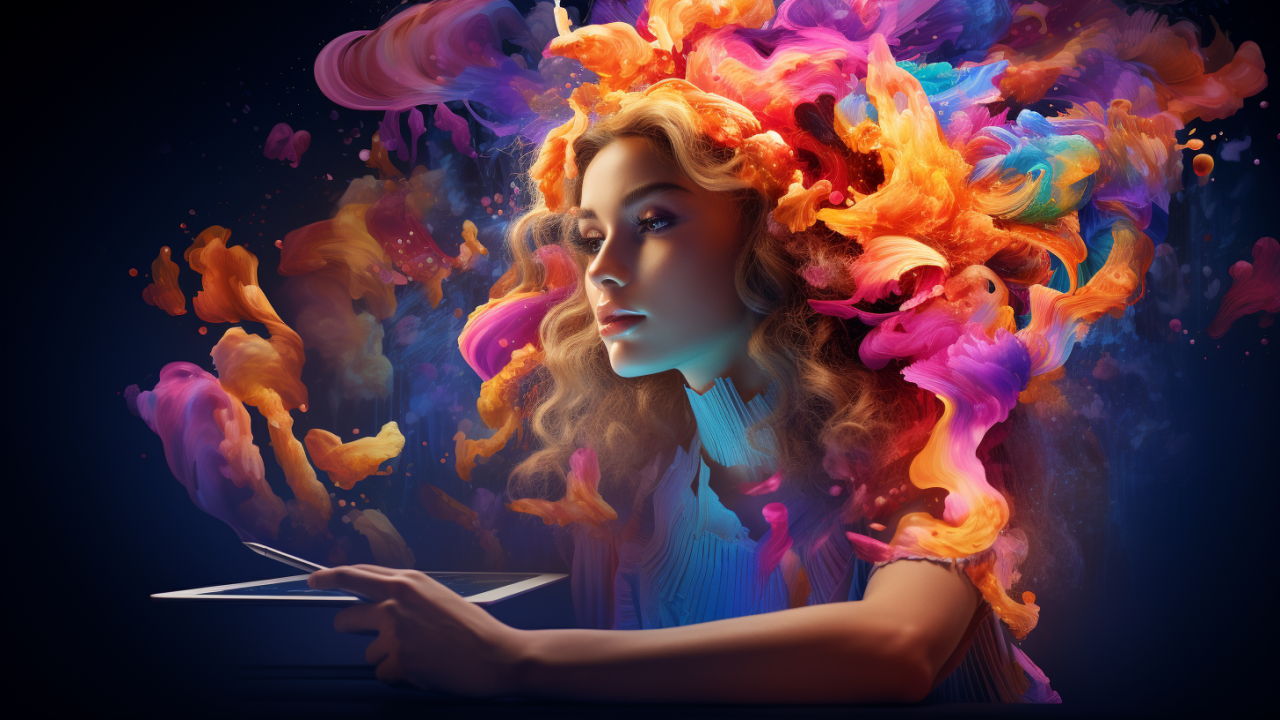
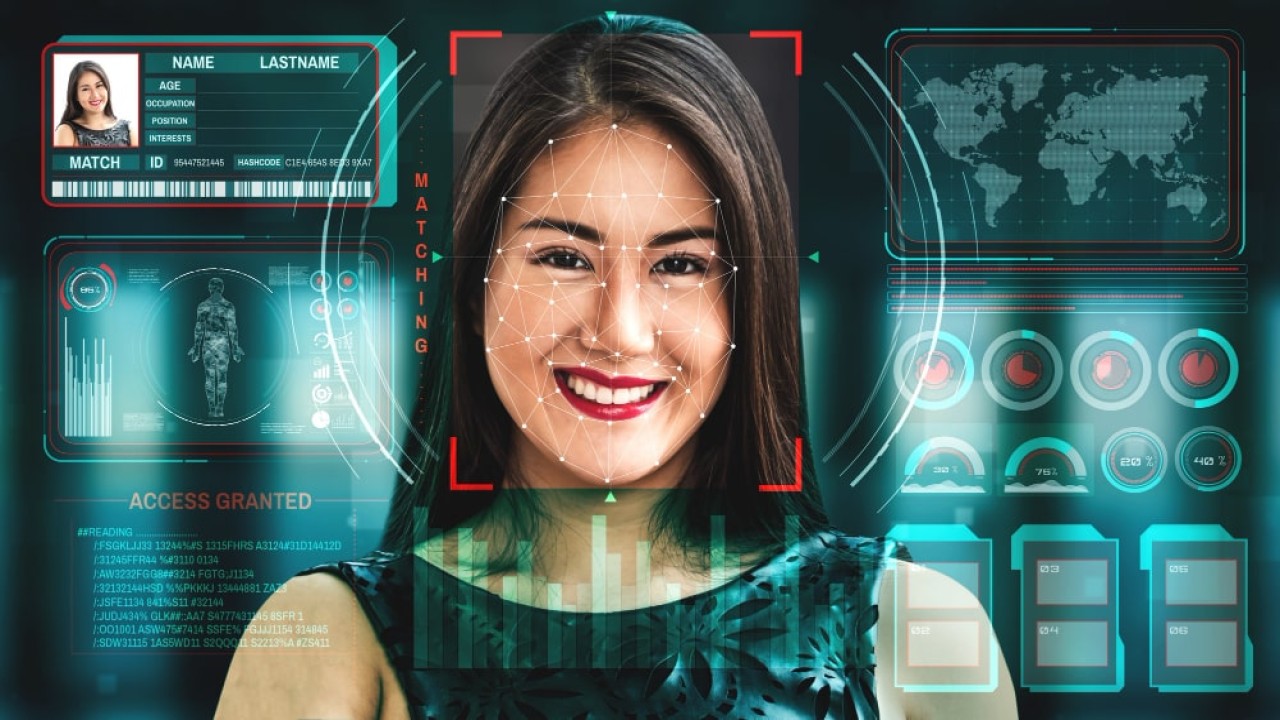
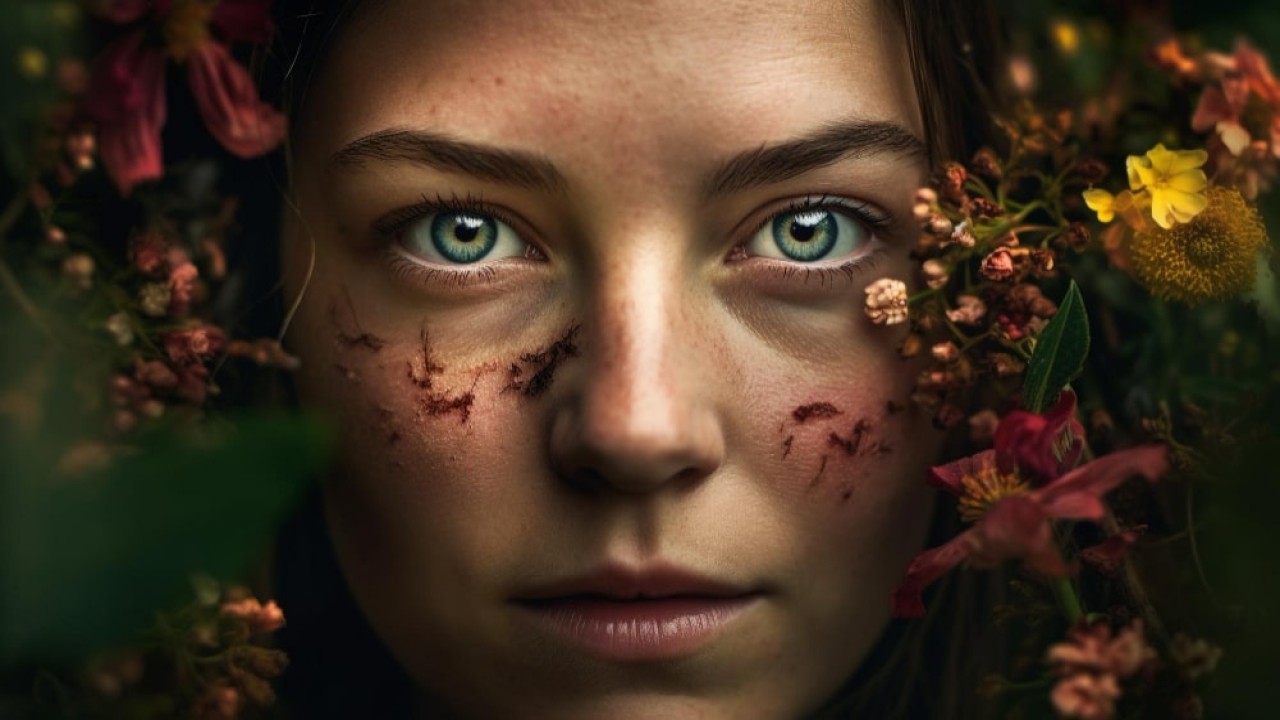
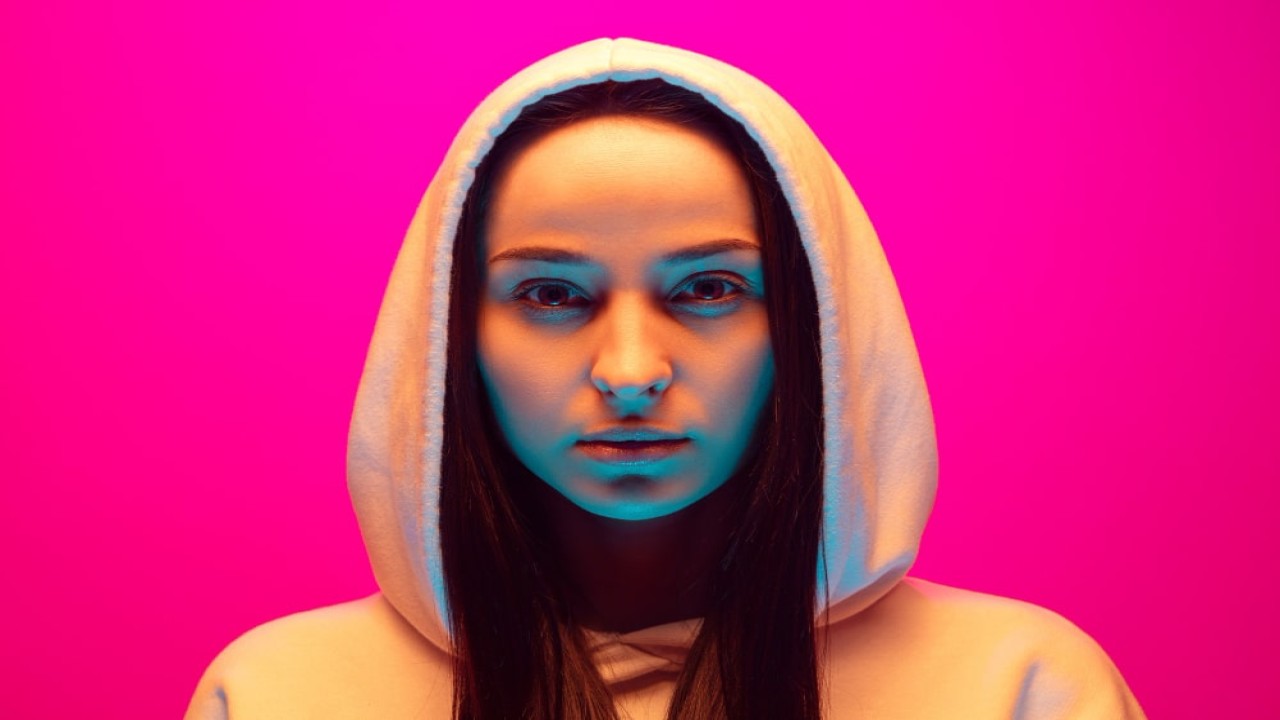
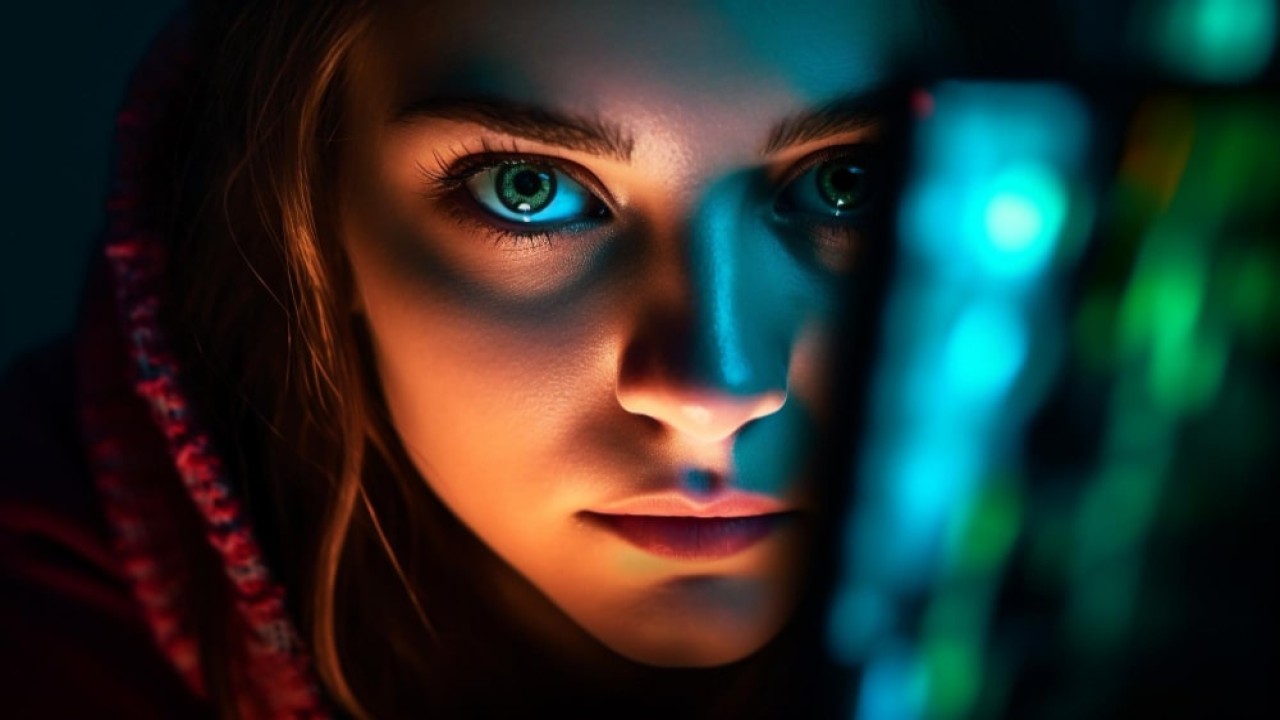
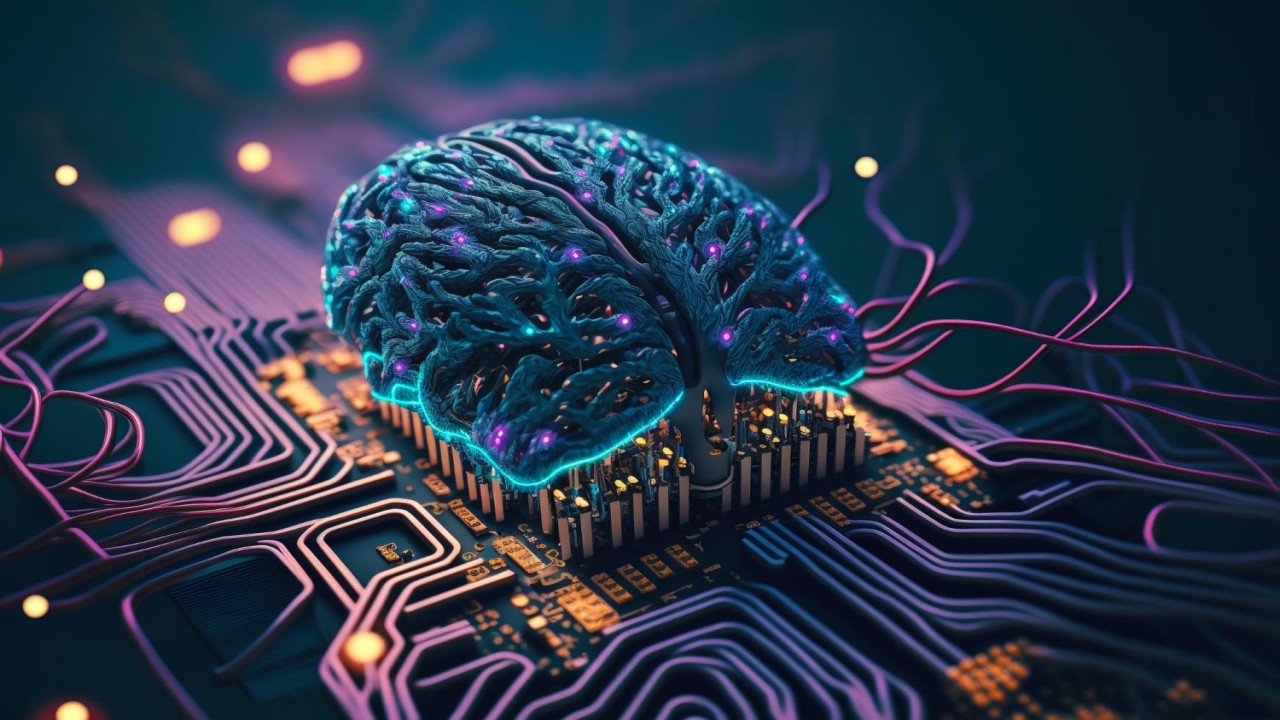
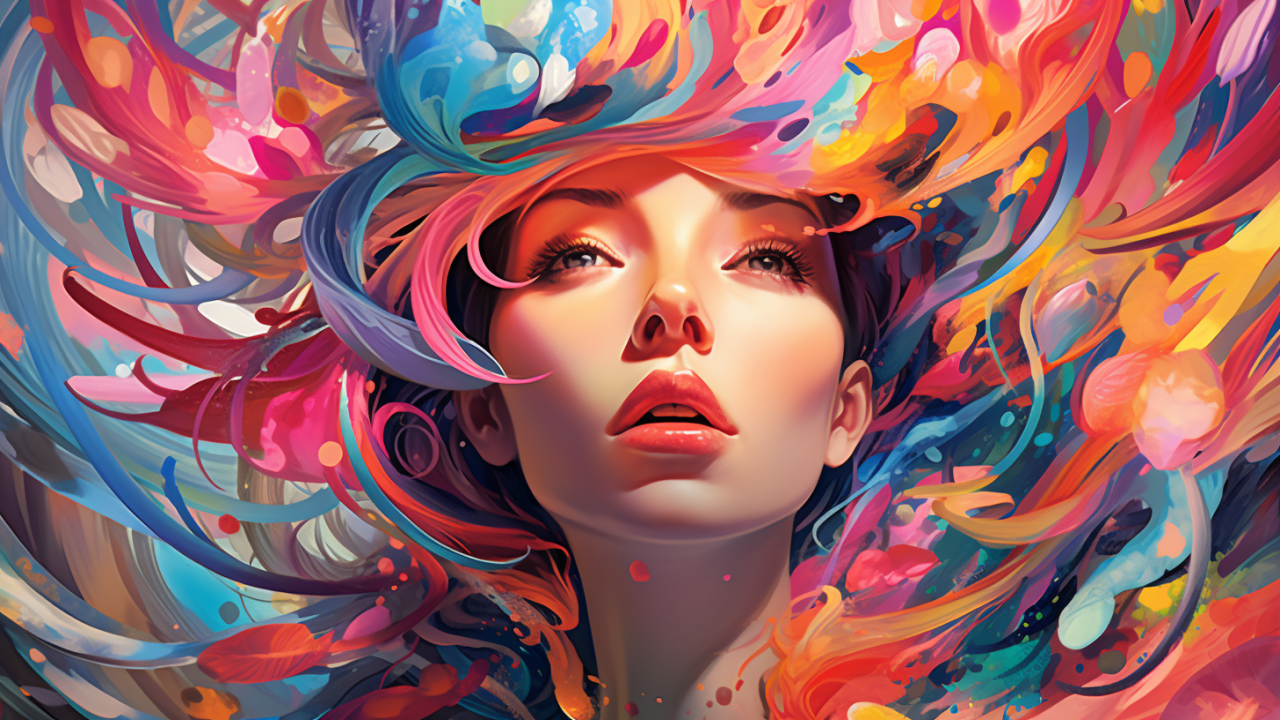
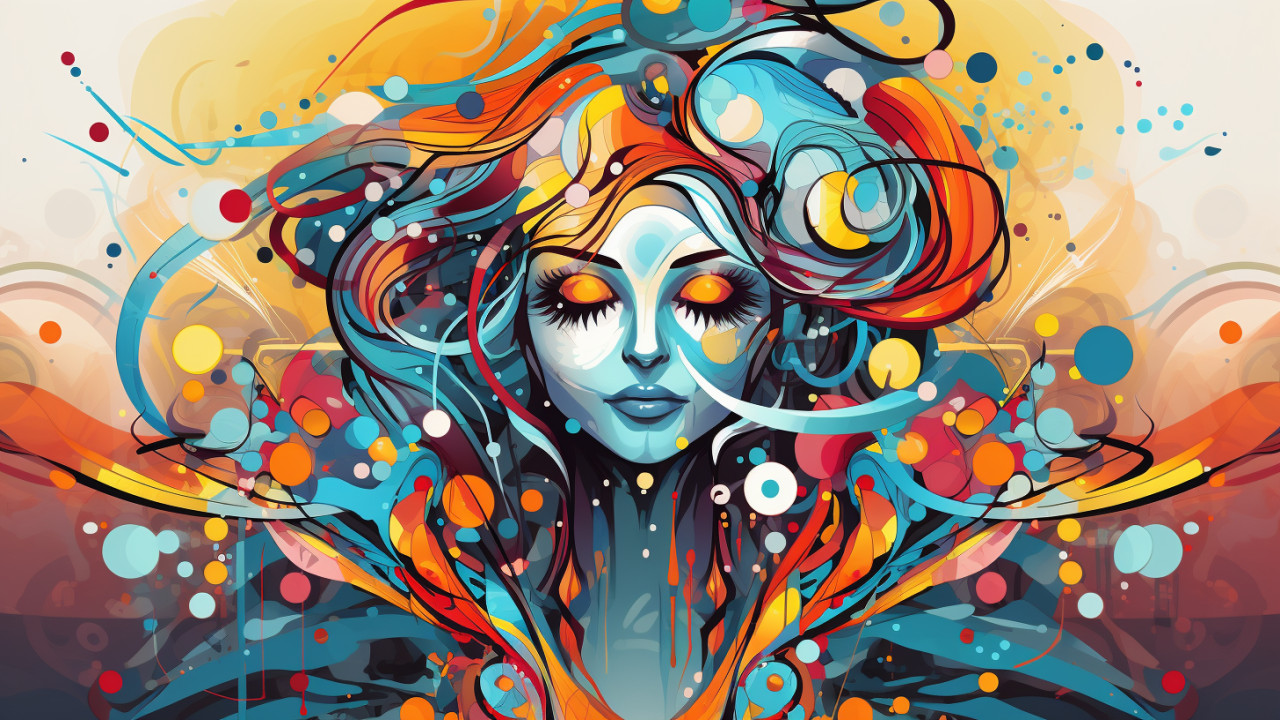
Comments (0)
No comments found